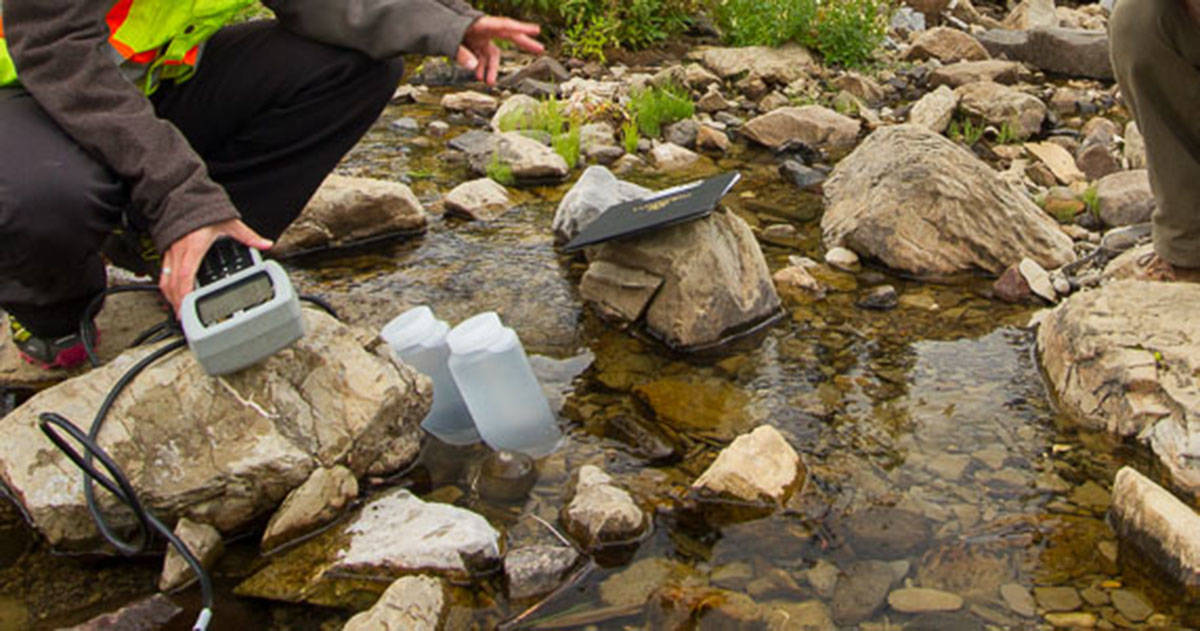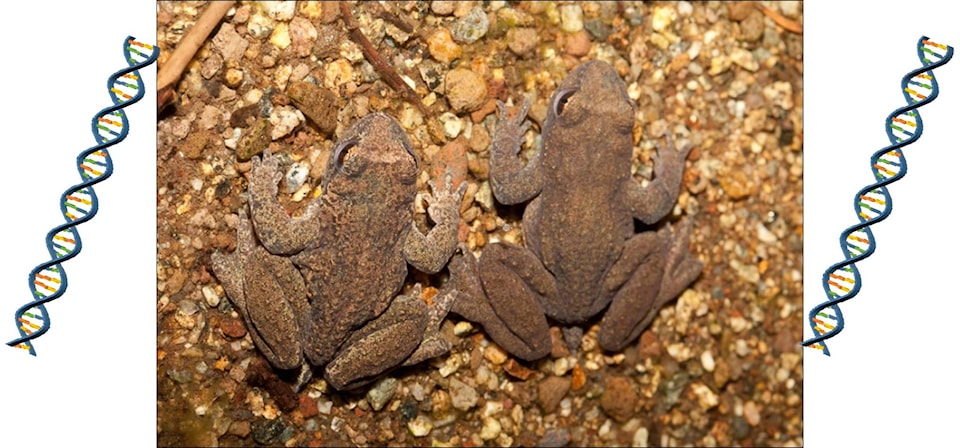A new technology is “like CSI for wildlife,” according to one local professor.
Caren Helbing, a UVic professor of biochemistry and microbiology, says eDNA, or environmental DNA, a technology can detect the presence of species in certain areas based off collected water samples.
By measuring the DNA that has been sloughed off in the water from living things — such as skin, feces or mucus — researchers are able to detect if a species was in the area recently; which is especially helpful when researching endangered or invasive species.
RELATED: Disturbing video goes viral showing Alaskan hunters killing sleeping bear, cubs
Using eDNA Helbing and her team were able to confirm the presence of the coastal tailed frog west of Lillooet at a rate 10 times higher than traditional methods resulting in a tripling of the known range of the species.
From 2000 to 2013 traditional ecological survey methods were used to collect data on the frog, showing the occurrence rate of the endangered species was low, at about 7.9 per cent. Helbing’s research, conducted over just five days, detected the coastal tailed frog DNA at a higher rate of 76 per cent proving the technology to be highly efficient and reliable.
So is this new technology proving these frogs are endangered no more? Not quite. According to Helbing, eDNA can only detect if a species was there not how many of that species were there. “That’s a different question,” she says.
RELATED: Calf born to endangered Pacific Northwest orcas
Using this technology can better help understand where these animals live and in turn protect them better says Helbing.
“It really has the potential of chaining the landscape, in terms of giving us more accurate and regulatory decisions about whether to allow natural resource development to occur, or a pipeline to be built, or a mall to be built — because ecological surveys are an important component of permitting process,” says Helbing.
Originally eDNA was used for testing microbes in the water, but 10 years ago researchers in France realized they could detect DNA from species in the water too.
“Quite honestly when we first started doing this type of analysis I was a little bit skeptical because it was really challenging the current technology but it’s really been amazing in terms of how robust the technology can be,” says Helbing.
RELATED: Hungry bears in Greater Victoria have started leaving their dens
A limitation to the advancement is the tests need to be performed properly so training is required, but Helbing assures it’s not hard to learn.
“Measuring these tiny amounts of DNA in the environment really opens up the exciting possibility of people — like regular citizens — that are concerned about their environments, to be able to help and understand what is around their ecosystem in an accurate, effective way,” says Helbing. “So it’s very empowering not only for researchers and regulators but also for the average person.”
The work was funded by the Fish and Wildlife Compensation Program and the BC Ministry of Environmental and Climate Change Strategy and the research published in an open-access journal found here.
kendra.crighton@blackpress.ca
Follow us on Instagram Like us on Facebook and follow us on Twitter.

